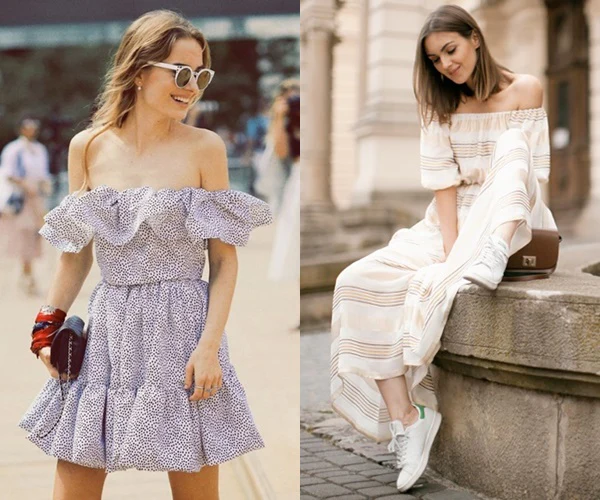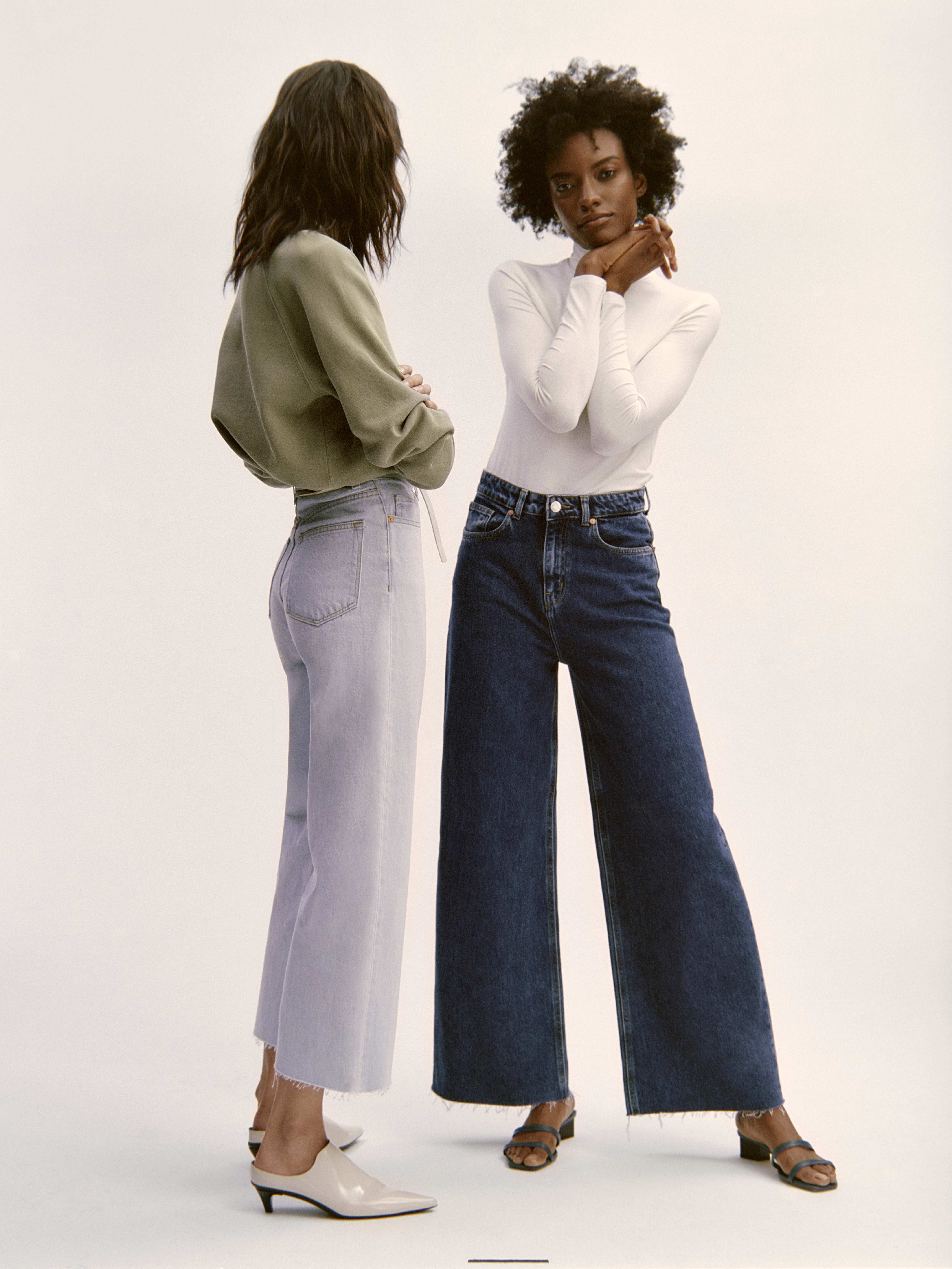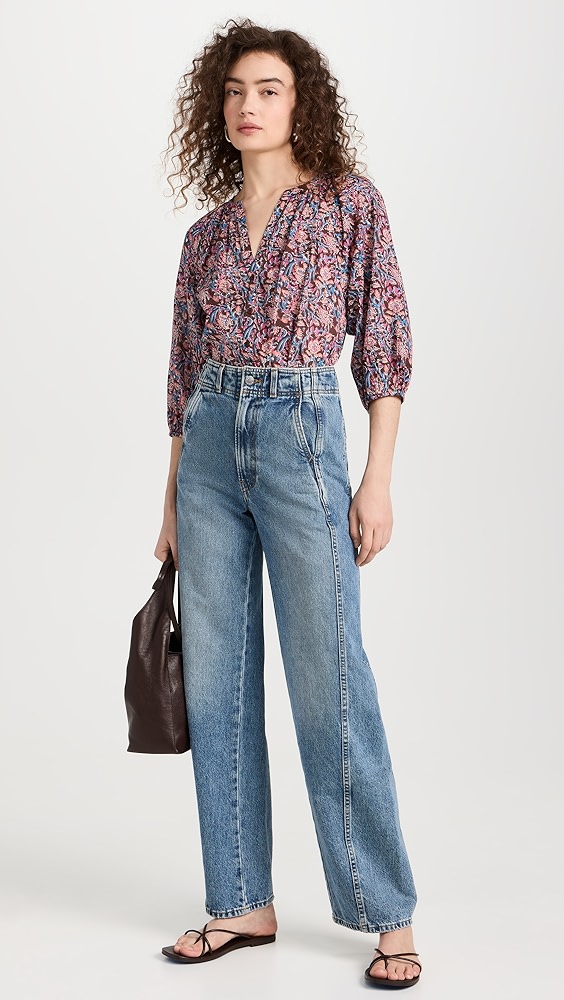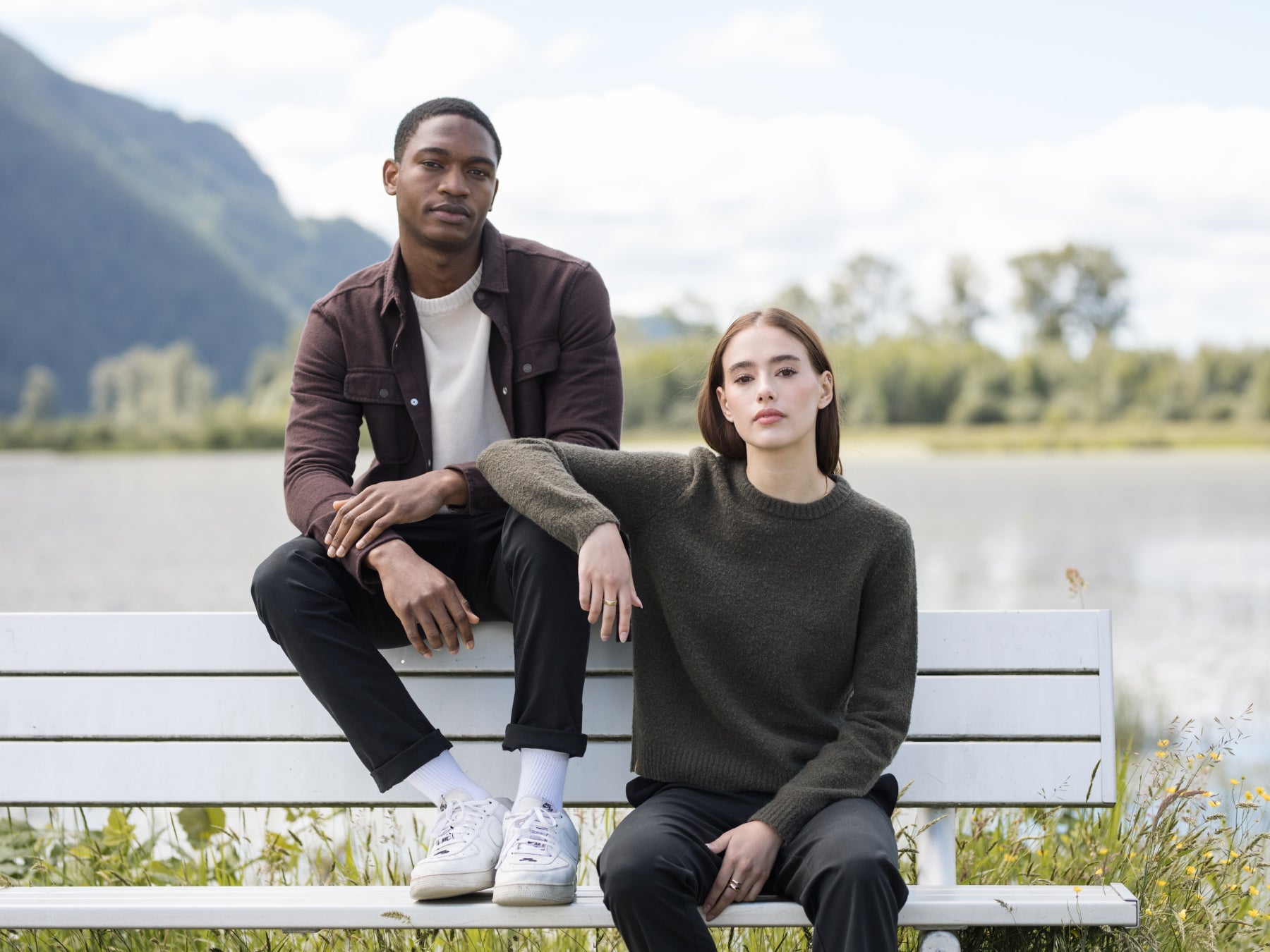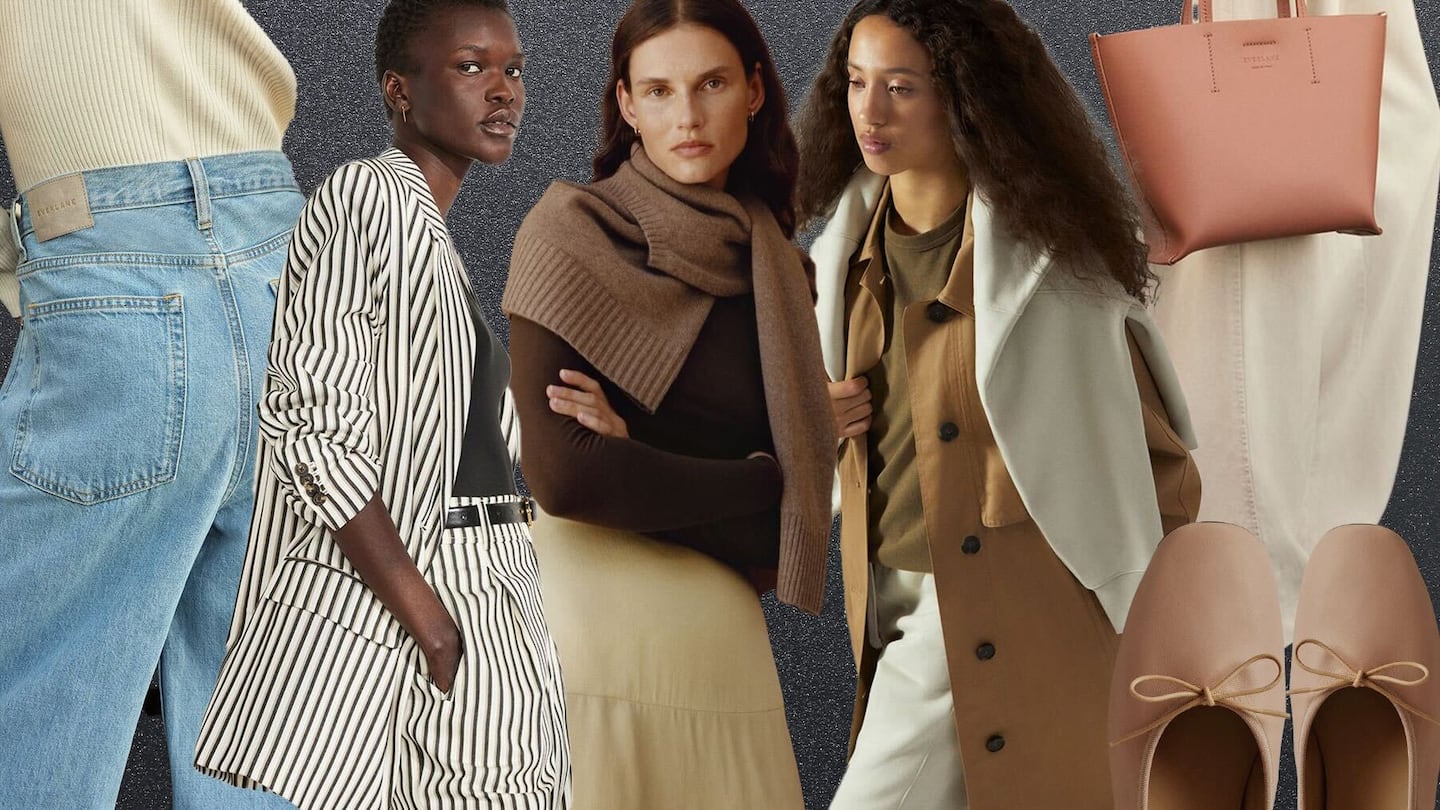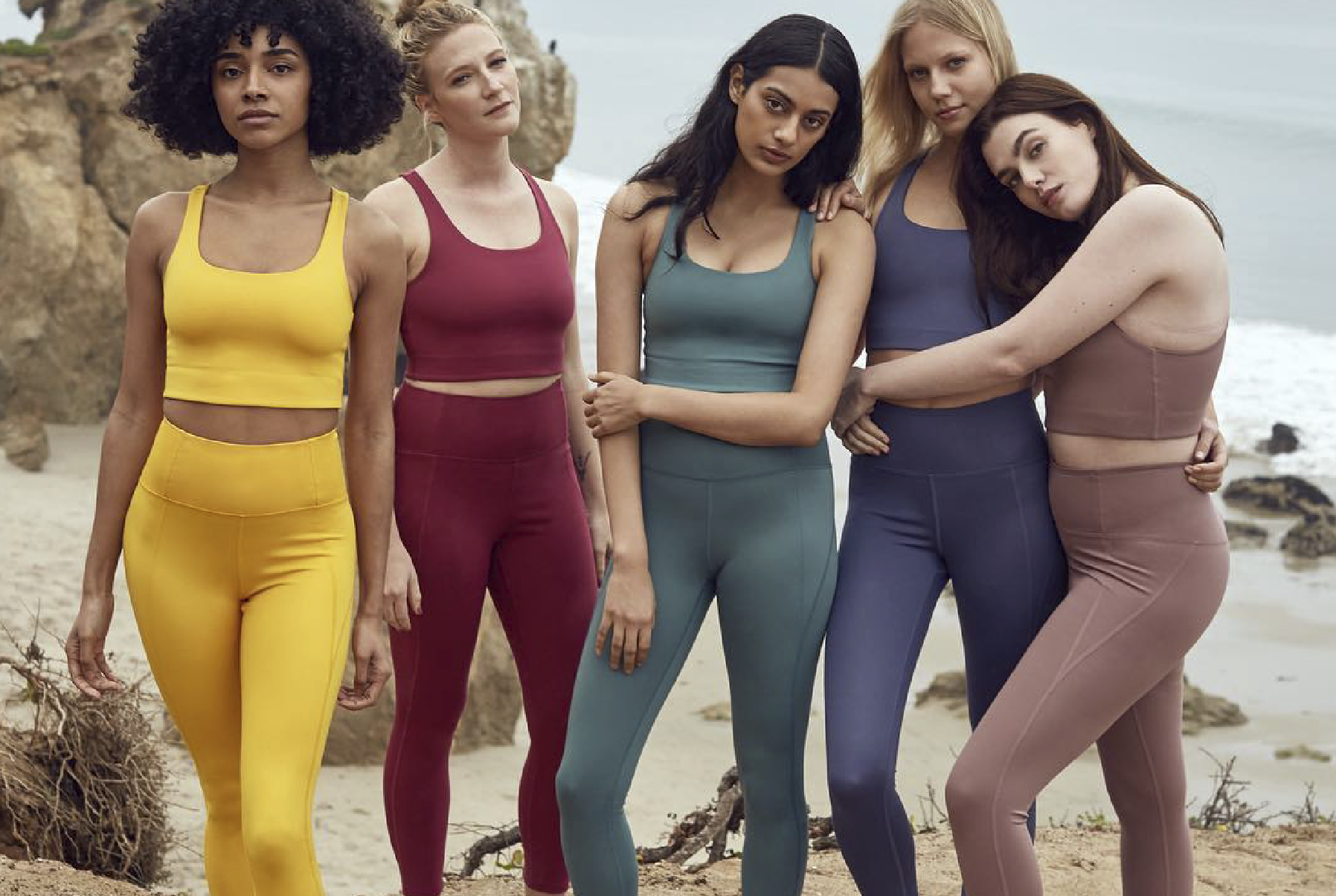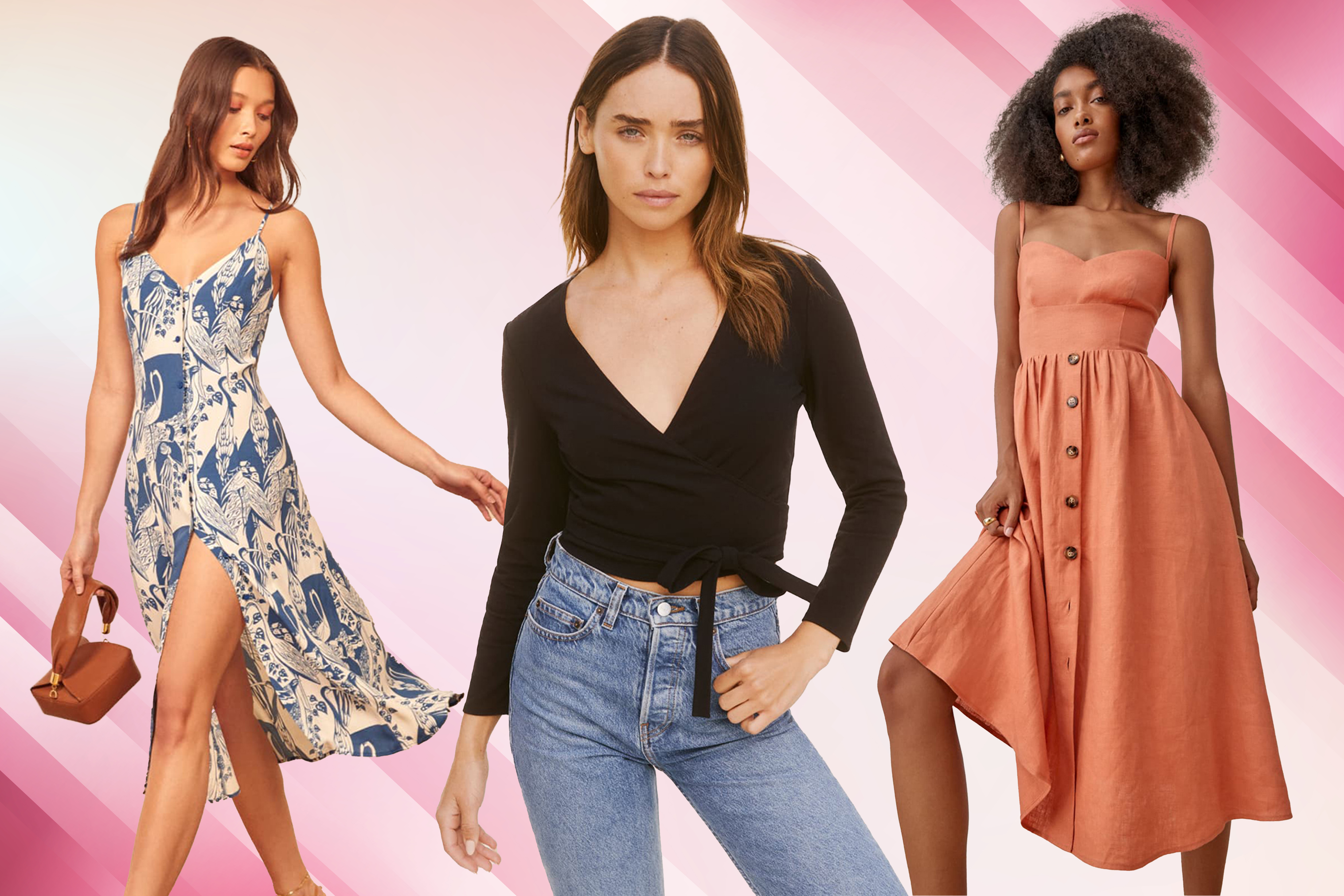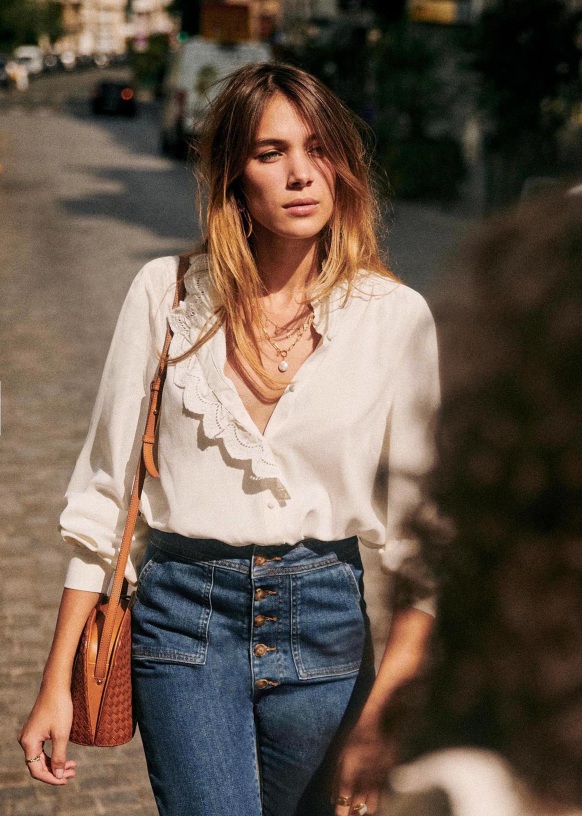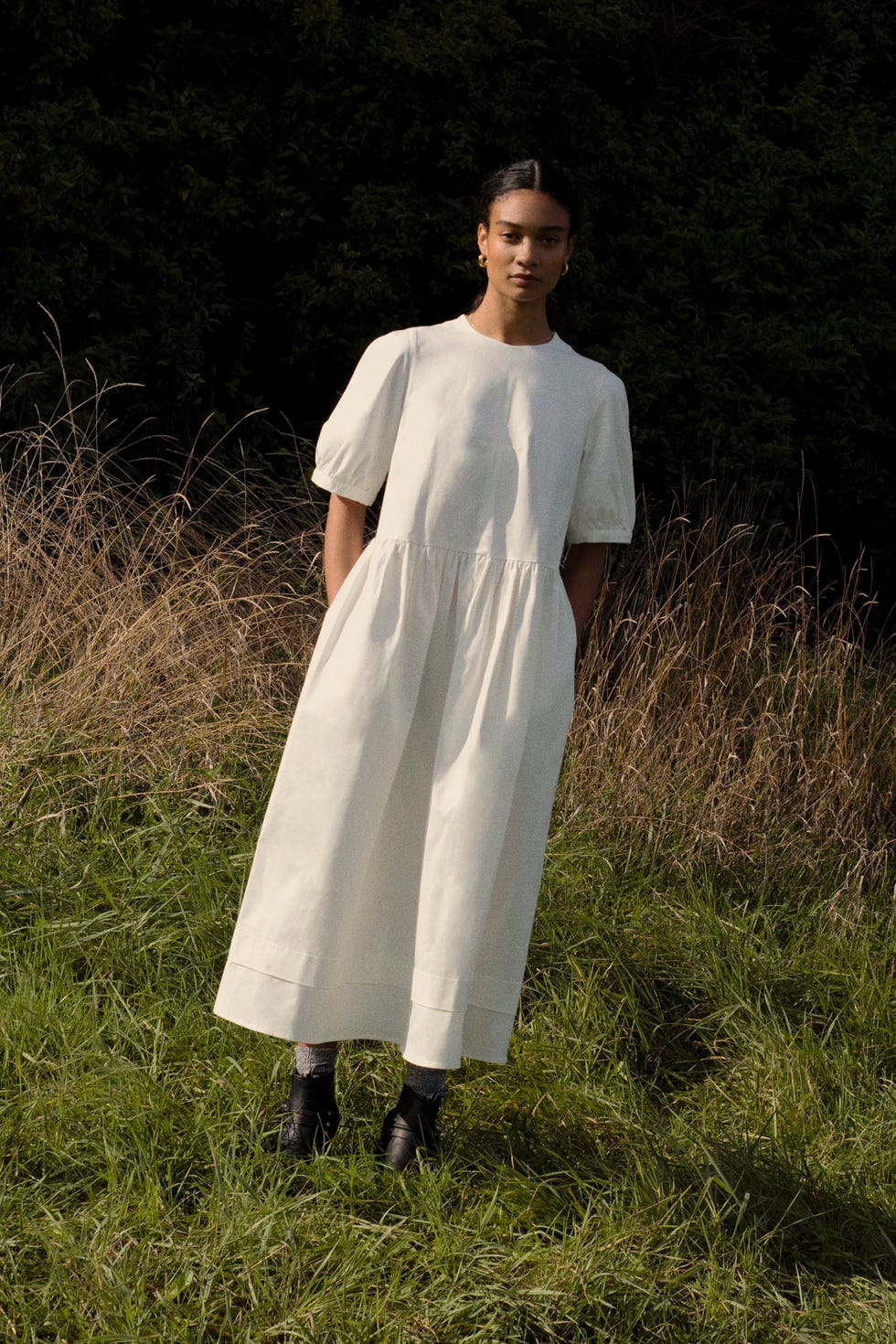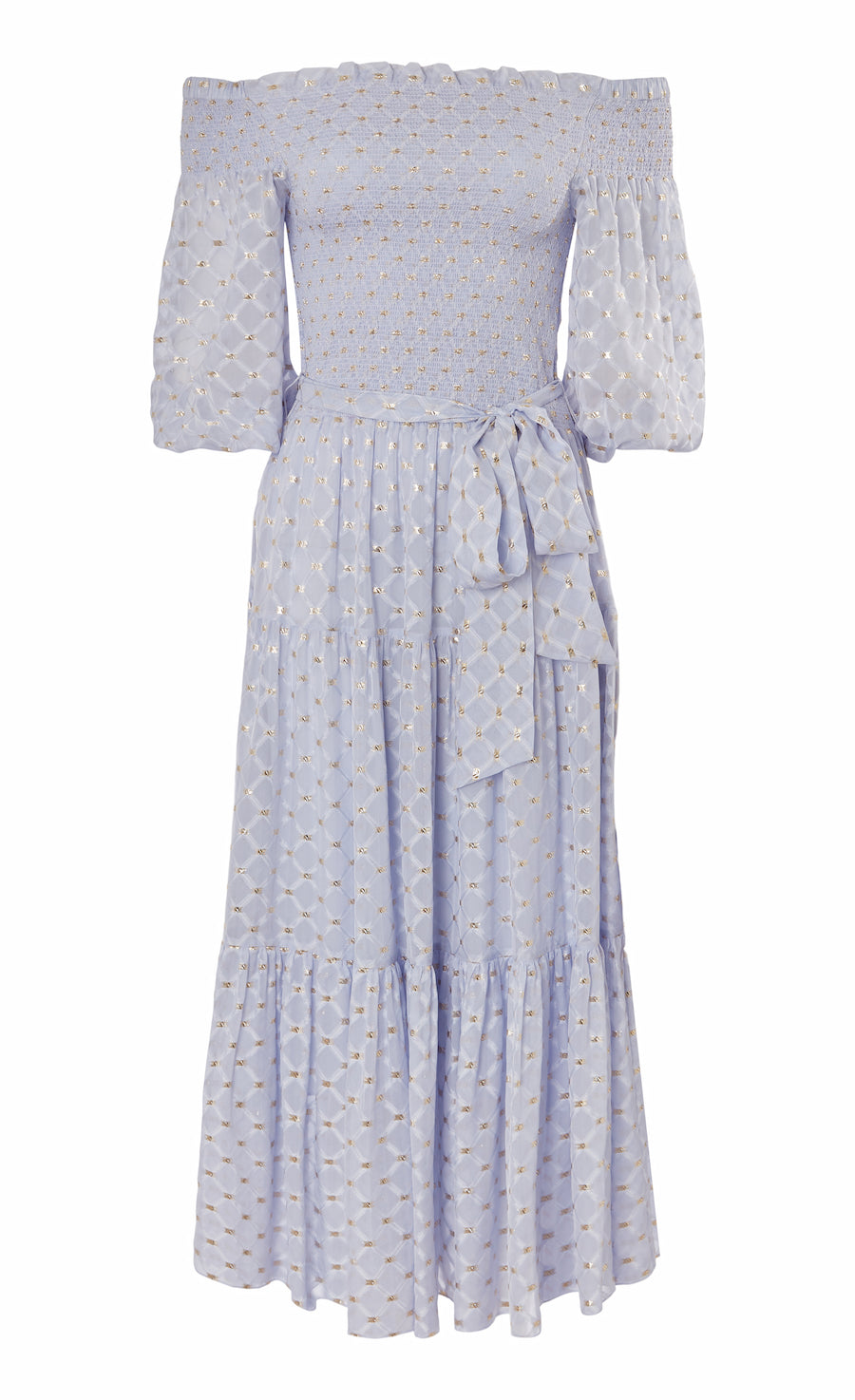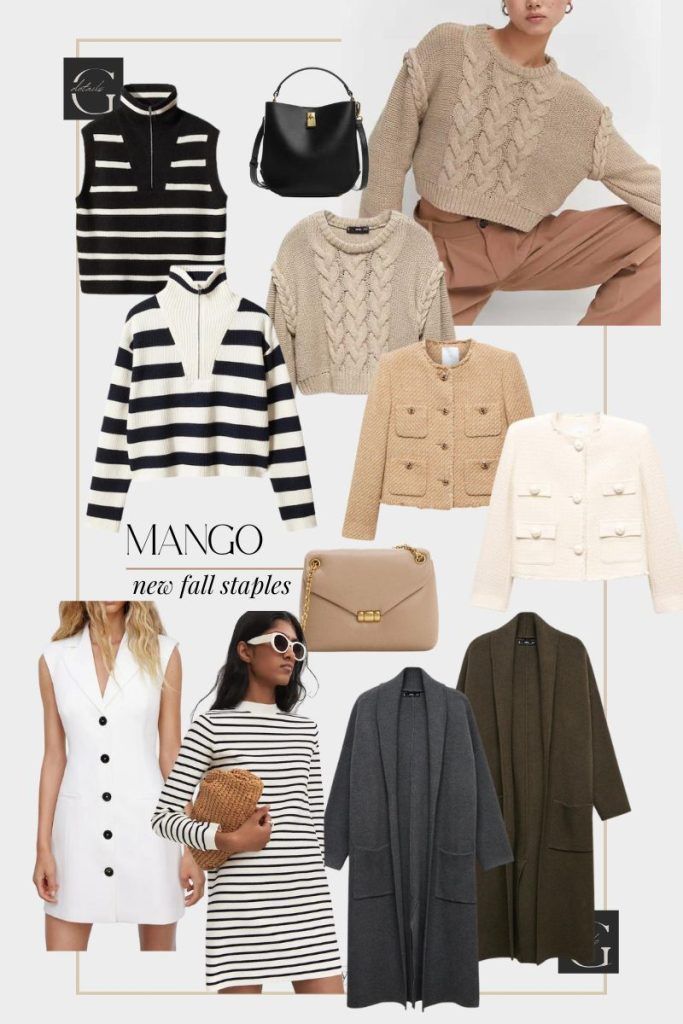For decades, polyester has been a dominant force in the world of clothing, prized for its durability, wrinkle resistance, and affordability. But in recent years, questions have been swirling about the potential downsides of this synthetic fabric. Is it truly bad for you? This article delves into the truth you should know about polyester, exploring its potential impact on your health and the environment.

WHAT IS POLYESTER?
Polyester, unlike natural fabrics such as wool or silk, is a synthetic material derived from petroleum oil extracted from the earth. Its widespread popularity stems from its cost-effectiveness, as manufacturing brands find it more economical to produce fabrics from crude oil components compared to labor-intensive natural sources. Technically categorized as a man-made plastic, polyester exhibits a prolonged decomposition period, ranging from 20 to 200 years, depending on varying perspectives.
Pure polyester has a distinctive rubbery texture, distinguishing it from natural fibers commonly encountered. Garment manufacturers typically avoid using 100 percent polyester and instead opt for blends with other fibers to impart a more conventional clothing feel. Consequently, fabric labels often indicate combinations like “80 percent polyester, 20 percent cotton,” with higher quality fabrics incorporating lesser proportions of polyester.
HOW DO MANUFACTURERS MAKE POLYESTER?
Polyester, initially developed in the 20th century by E.I. du Pont de Nemours and Co., emerged as a fabric through the efforts of chemist W.H. Carothers. Seeking to create long plastic fibers from petroleum derivatives, du Pont made significant progress, introducing nylon fibers in the 1930s. By 1946, the company acquired rights to produce and sell polyester fabrics in the United States, launching it as Dacron in 1951.
Today, two main types of polyester dominate the market. Regular PET, known for its strength, elasticity, and resilience, is widely used in clothing. The other variant, PCDT, is woven into thicker sheets, catering to heavy-duty applications like draperies and furniture coverings.
Manufacturing polyester begins with gathering materials, primarily ethylene derived from petroleum. The “polymerization” process transforms ethylene molecules into polyester strands. To produce filament yarn, manufacturers react dimethyl terephthalate with ethylene glycol and a catalyst at high heat. The resulting compound is combined with terephthalic acid, extruded into ribbons, and prepared for drying. After cutting into chips, the polyester is melted into a syrupy solution and spun through a spinneret, adding various chemicals. The spinning process aligns molecules, imparting strength and flexibility to the polyester fibers.
While the polyester manufacturing process may sound complex, spinning polyester is relatively straightforward. Post-1951, it gained global popularity, becoming the fabric of choice in the 1960s for machine washable napkins and tablecloths. However, polyester’s negative image, stemming from its tacky feel in the past, has shifted to concerns about potential impacts on human health in contemporary times.
THE TOXICITY OF POLYESTER
Polyester, as a synthetic material, has raised concerns about its potential impact on human health and the environment. Here are some key points regarding the toxicity of polyester:
CHEMICAL ADDITIVES
During the manufacturing process of polyester, various chemical additives may be used. These can include flame retardants, dyes, and finishing agents. Some of these additives may have potential health risks, and concerns have been raised about their release into the environment over the life cycle of the product.
PETROCHEMICAL DERIVATIVES
Polyester is derived from petrochemicals, and its production involves the use of substances like ethylene derived from petroleum. While the final polyester fabric itself is generally considered inert, the extraction and processing of petrochemicals can have environmental consequences.
MICROFIBER POLLUTION
One significant environmental concern associated with polyester is microfiber pollution. When polyester fabrics are washed, they can release microfibers into the water, which may end up in oceans and waterways. These microfibers can accumulate in aquatic environments, potentially causing harm to marine life and ecosystems.
SKIN SENSITIVITY
Some individuals may experience skin sensitivity or allergic reactions to certain chemicals used in the production of polyester fabrics. This can vary from person to person, and it’s important for individuals with sensitive skin to be aware of the materials in their clothing.
BREATHABILITY
Polyester is known for being less breathable than natural fabrics like cotton. Wearing polyester in hot and humid conditions may lead to discomfort and increased sweating, potentially contributing to skin irritation.
ENVIRONMENTAL IMPACT
Beyond human health concerns, the environmental impact of polyester production and disposal is a significant consideration. Polyester is not biodegradable and takes a long time to break down, contributing to issues related to waste and landfill space.
IS RECYCLED POLYESTER SAFER?
Amid concerns about potential health issues associated with conventional polyester, there is growing interest in whether recycled polyester offers a safer alternative. The eco-fashion industry is actively promoting products made from recycled PET-based polyester fabrics, often derived from recycled plastic bottles.
The process involves crushing and cutting the bottles into small pieces, which are then melted down and extruded into yarn, following a similar method as described earlier. While recycled polyester is generally considered more eco-friendly as it reduces waste and pollution to some extent, it still involves processes that may have environmental and health implications.
Despite the positive aspect of reducing waste, recycled polyester relies on similar manufacturing processes as its non-recycled counterpart, which raises concerns. Some recycled polyester fabrics may contain Bisphenol A (BPA) derived from plastic bottles. BPA exposure has been associated with health issues, particularly impacting the brain and prostate glands of children, elevating blood pressure, and increasing the risk of diabetes and heart disease, especially when exposed to heat.
In certain cases, recycled polyester might pose even greater health risks due to the presence of BPA. As consumers weigh their choices, it’s essential to consider not only the environmental benefits of recycling but also the potential health implications associated with recycled polyester. Ongoing research and advancements in eco-friendly alternatives aim to address these concerns and provide more sustainable choices for conscientious consumers.
WHAT TO USE INSTEAD OF POLYESTER
If you’re looking for alternatives to polyester, there are several natural and sustainable materials to consider. Here are some options:
Cotton: A widely used natural fiber, cotton is breathable and comfortable. Look for organic cotton to reduce environmental impact.
Linen: Made from the fibers of the flax plant, linen is a breathable and biodegradable material. It has a natural, textured look.
Hemp: Hemp fabric is durable, breathable, and environmentally friendly. It requires fewer pesticides and water compared to some other crops.
Tencel (Lyocell): Tencel is produced from sustainably sourced wood pulp, often from eucalyptus trees. It’s known for its softness, breathability, and eco-friendly manufacturing process.
Bamboo: Bamboo fabric is derived from the fast-growing bamboo plant. It is soft, moisture-wicking, and has natural antibacterial properties.
Wool: Wool comes from the fleece of sheep and is known for its warmth and natural insulation properties. Look for ethical and sustainable wool options.
Silk: While a luxury option, silk is a natural fiber produced by silkworms. It has a smooth and luxurious feel.
Recycled Fabrics: Consider fabrics made from recycled materials, such as recycled cotton or polyester, to minimize environmental impact and reduce waste.
Organic Fabrics: Opt for organic versions of cotton, linen, or other materials. Organic farming practices eliminate the use of synthetic pesticides and fertilizers.
Synthetic Alternatives: If you prefer synthetic materials, some alternatives to traditional polyester include recycled polyester, which repurposes plastic bottles, and bio-based synthetics made from renewable resources.
FAQ
1. Is polyester bad for sweating and breathability?
Yes, polyester is not as breathable as natural fibers like cotton. It absorbs less moisture, leading to a feeling of dampness and making it less ideal for hot weather or intense physical activity.
2. Is polyester bad for the environment?
Yes, polyester production has a larger environmental footprint compared to natural fibers. It’s derived from fossil fuels and requires significant energy for production. Additionally, microplastics can shed from polyester clothing during washing, contributing to pollution.
3. Are there any health benefits to wearing polyester?
While not directly a health benefit, polyester offers some advantages: it’s durable, wrinkle-resistant, and quick-drying. This can be beneficial for clothes needing to withstand frequent wear or resist creasing.
CONCLUSION
While polyester offers affordability and versatility, concerns about its potential impact on health and the environment exist. The manufacturing process involves petrochemicals, and additives may pose risks. Exploring alternatives like organic cotton, linen, and sustainable synthetics can provide conscious consumers with choices that align with both personal well-being and environmental responsibility.

